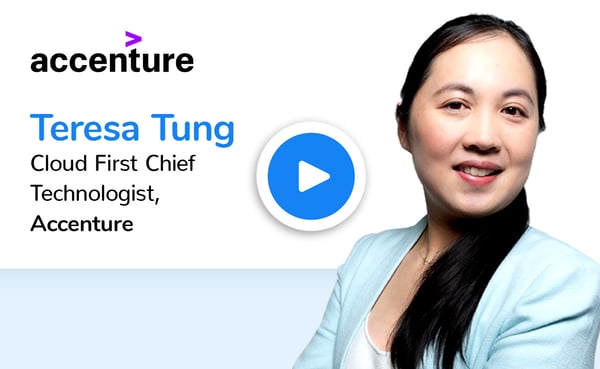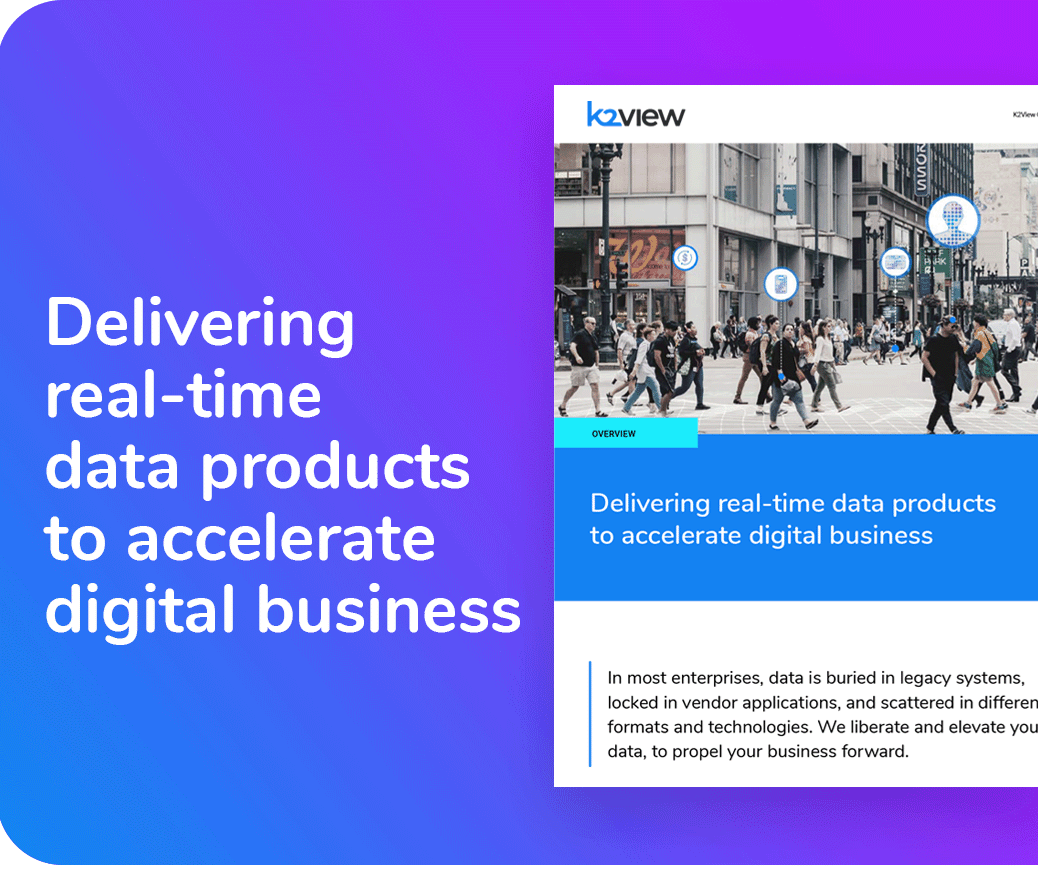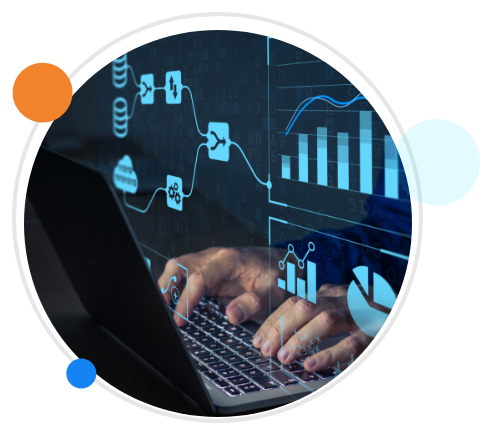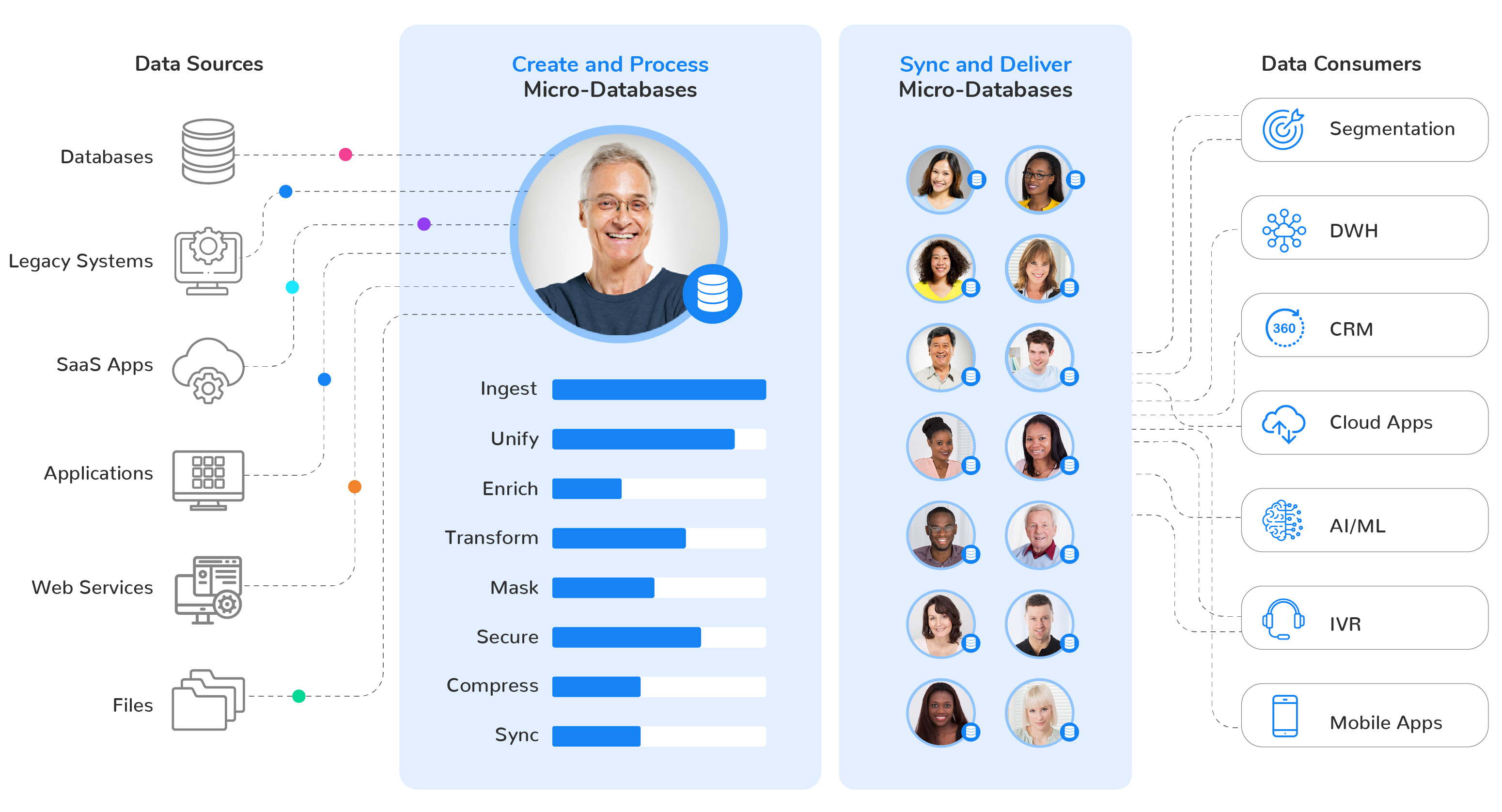Legacy applications often have a negative impact on business responsiveness. Since “lift and shift” programs are often expensive, risky, and time-consuming, enterprises require a more systematic and iterative approach to legacy modernization.
A data product approach to legacy modernization tools delivers quick time to value at minimal risk. Here are 3 key business drivers:
1. More for less
Legacy modernization is a cost-effective and efficient way for enterprises to reap the benefits of newer, and more flexible, architectures, platforms, and services.
2. Less is more
When a system is upgraded to support data service automation, components are smaller, and more loosely coupled. They can also be deployed, and scaled, independently of one another.
3. Agility = value
Modernized applications can deliver value more quickly, thanks to more agile development and maintenance cycles. They’re also simpler, and more affordable, to operate.










